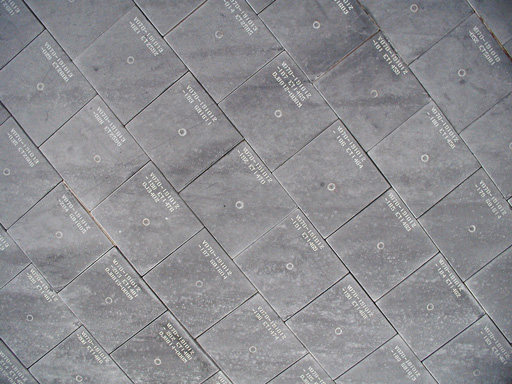Use the data from the following experiment to determine the volume expansivity of these eight liquefied gases.
- liquid-argon.txt
- liquid-krypton.txt
- liquid-xenon.txt
- liquid-oxygen.txt
- liquid-nitrogen.txt
- liquid-carbon-monoxide.txt
- liquid-methane.txt
- liquid-carbon-tetrafluoride.txt
Thermal Expansion
No condition is permanent.


